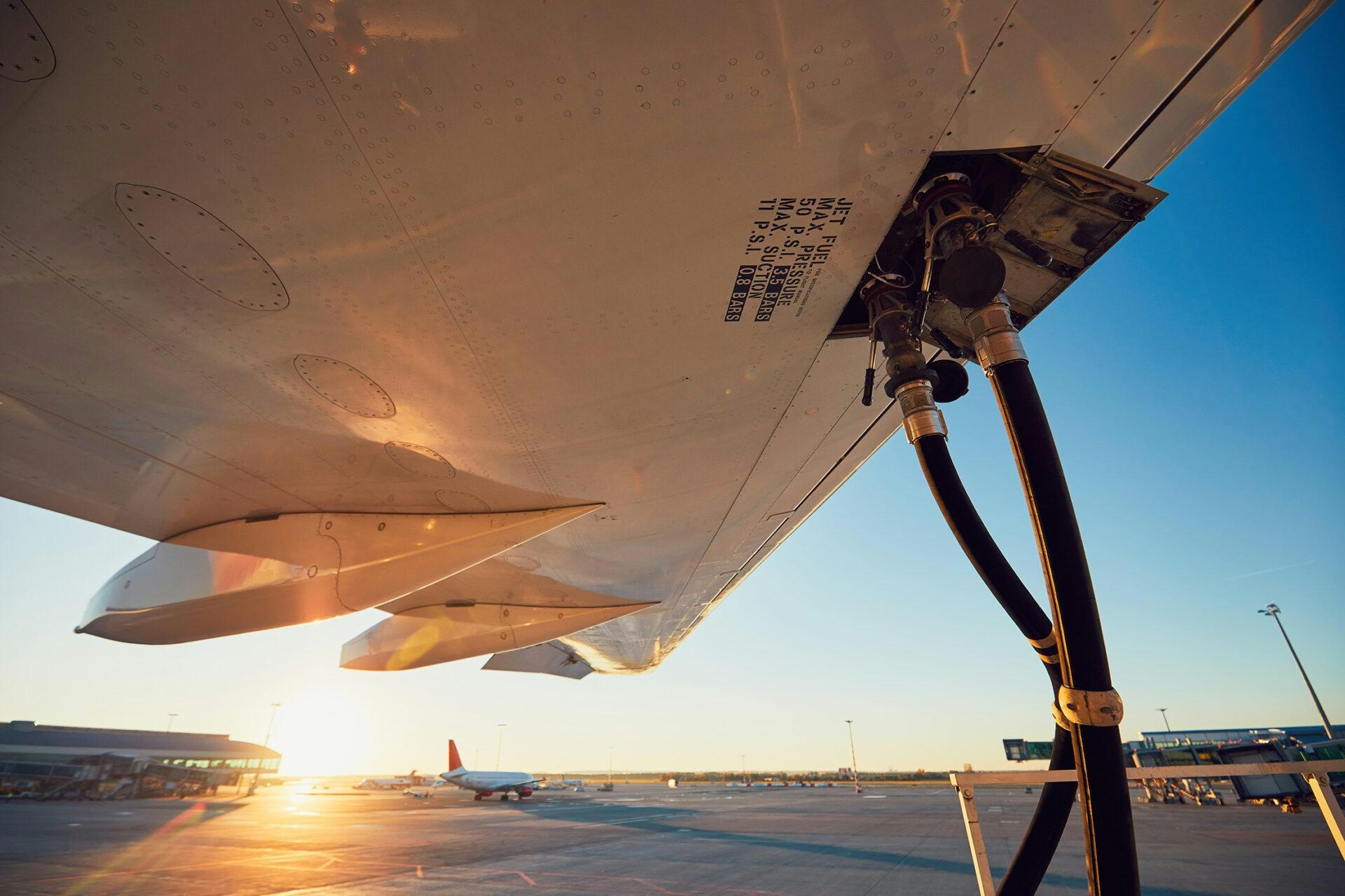
AeroGenie — Your Intelligent Copilot.
Trending
Categories
Archer Acquires Regional Airport
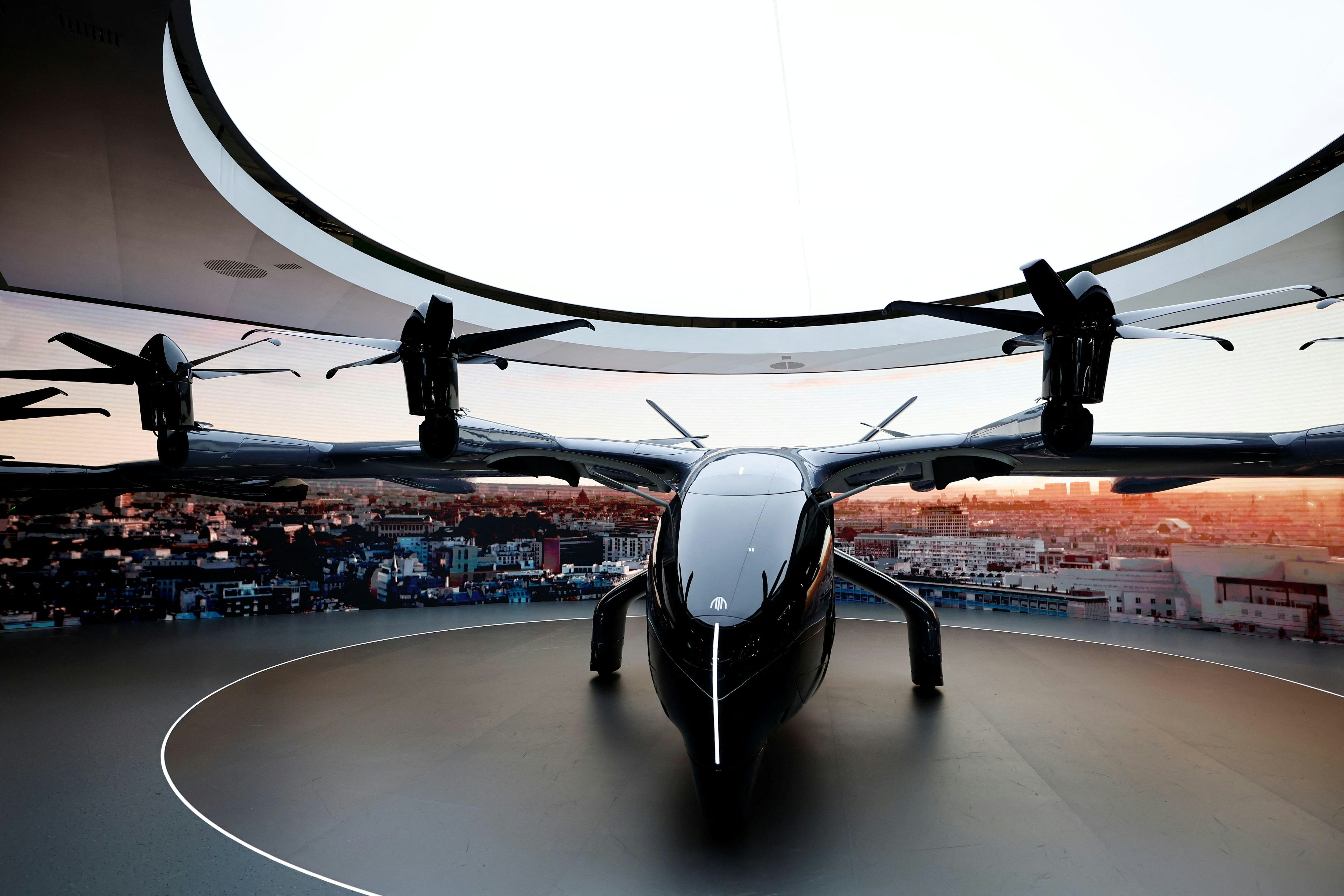
Archer Aviation Acquires Hawthorne Airport to Advance Urban Air Mobility Ambitions
Archer Aviation, a prominent manufacturer of electric vertical takeoff and landing (eVTOL) aircraft, has secured the lease for Hawthorne Airport in Los Angeles for $126 million in cash. This acquisition, announced this week, represents a pivotal move in Archer’s broader strategy to establish itself as a leading force in the burgeoning urban air mobility sector. The timing is particularly significant as Los Angeles prepares to host the 2028 Olympic and Paralympic Games, events expected to accelerate demand for innovative transportation solutions.
Strategic Hub for Air Taxi Network and Technological Innovation
Archer intends to transform Hawthorne Airport into the operational center for its planned Los Angeles air taxi network, positioning the site as a critical asset during the LA28 Olympics. Beyond serving as a base for commercial operations, the company plans to utilize the airport as a testing ground for next-generation, AI-driven aviation technologies. These developments will be pursued in collaboration with airlines and technology partners, underscoring Archer’s commitment to advancing the capabilities and safety of urban air mobility.
Challenges and Competitive Landscape
Despite the strategic advantages, Archer faces considerable challenges in integrating the airport into its existing operations. The company must navigate complex regulatory frameworks and contend with intense competition from other advanced air mobility firms, notably Joby Aviation. Earlier this year, Joby made a similar move by acquiring Blade’s helicopter operations for $125 million, signaling a broader industry trend toward vertical integration.
Investor reaction to Archer’s acquisition has been mixed. On the day the deal was announced, Archer raised $650 million in equity capital to finance the transaction. However, the stock experienced significant volatility, dropping as much as 19% before partially recovering. This market response reflects skepticism about the viability of aircraft manufacturers owning and operating infrastructure—a model largely abandoned by traditional aerospace companies.
Historical Context and Financial Implications
Historically, aircraft manufacturers have avoided direct ownership of airlines or airports. The legacy of Bill Boeing, who retired after his company was compelled to divest United Airlines, exemplifies this longstanding industry norm. Similarly, business jet manufacturers have distanced themselves from fractional operators to concentrate on their core manufacturing competencies.
Archer’s rationale for acquiring Hawthorne Airport is to operate the very aircraft it produces, thereby gaining firsthand insights into product support and customer experience. While this approach offers potential operational benefits, it also represents a significant financial gamble. Leasing and managing airport infrastructure requires substantial capital investment and may delay profitability compared to a traditional aircraft sales model.
With approximately $1 billion in cash following its latest equity raise, Archer is making a substantial bet on the future of urban air mobility. The company’s acquisition of Hawthorne Airport places it at the forefront of Los Angeles’s air taxi initiatives, yet the ultimate success of this vertical integration strategy remains uncertain amid regulatory complexities and mounting competitive pressures.
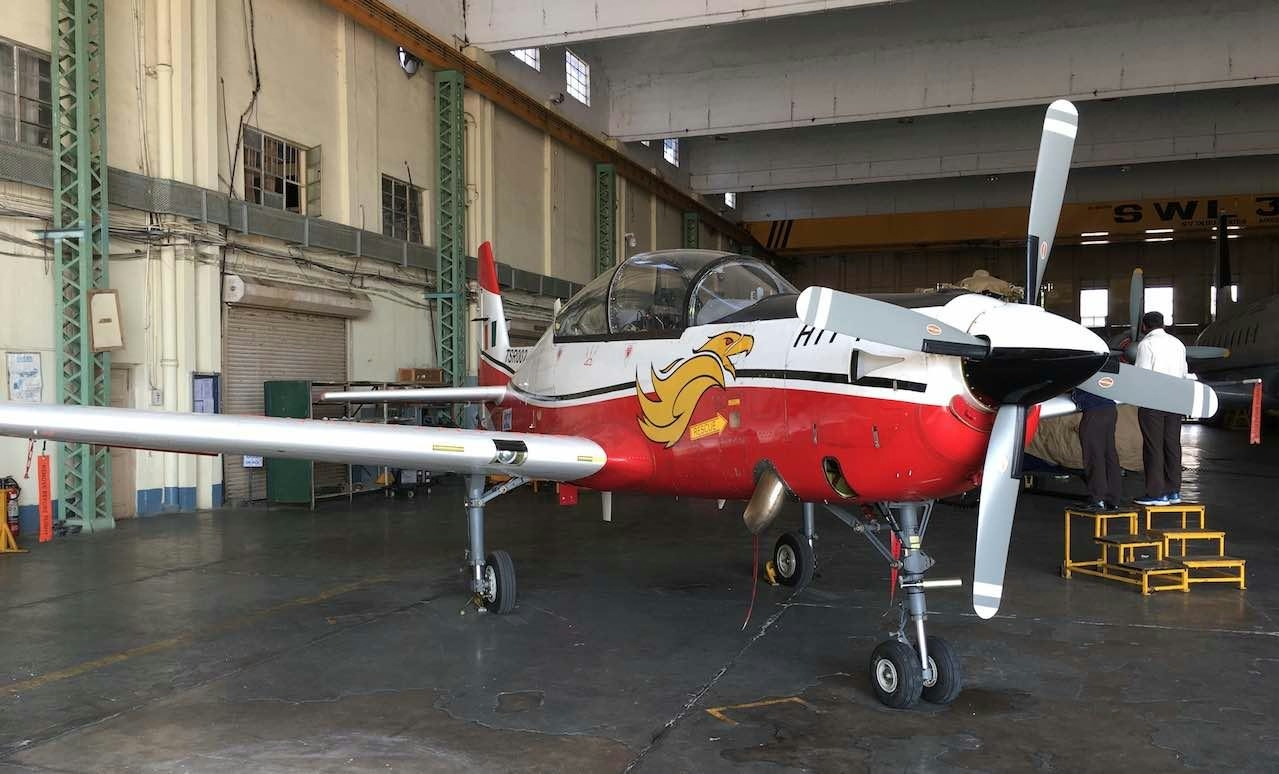
HAL Increases Production Ahead of HTT-40 Delivery
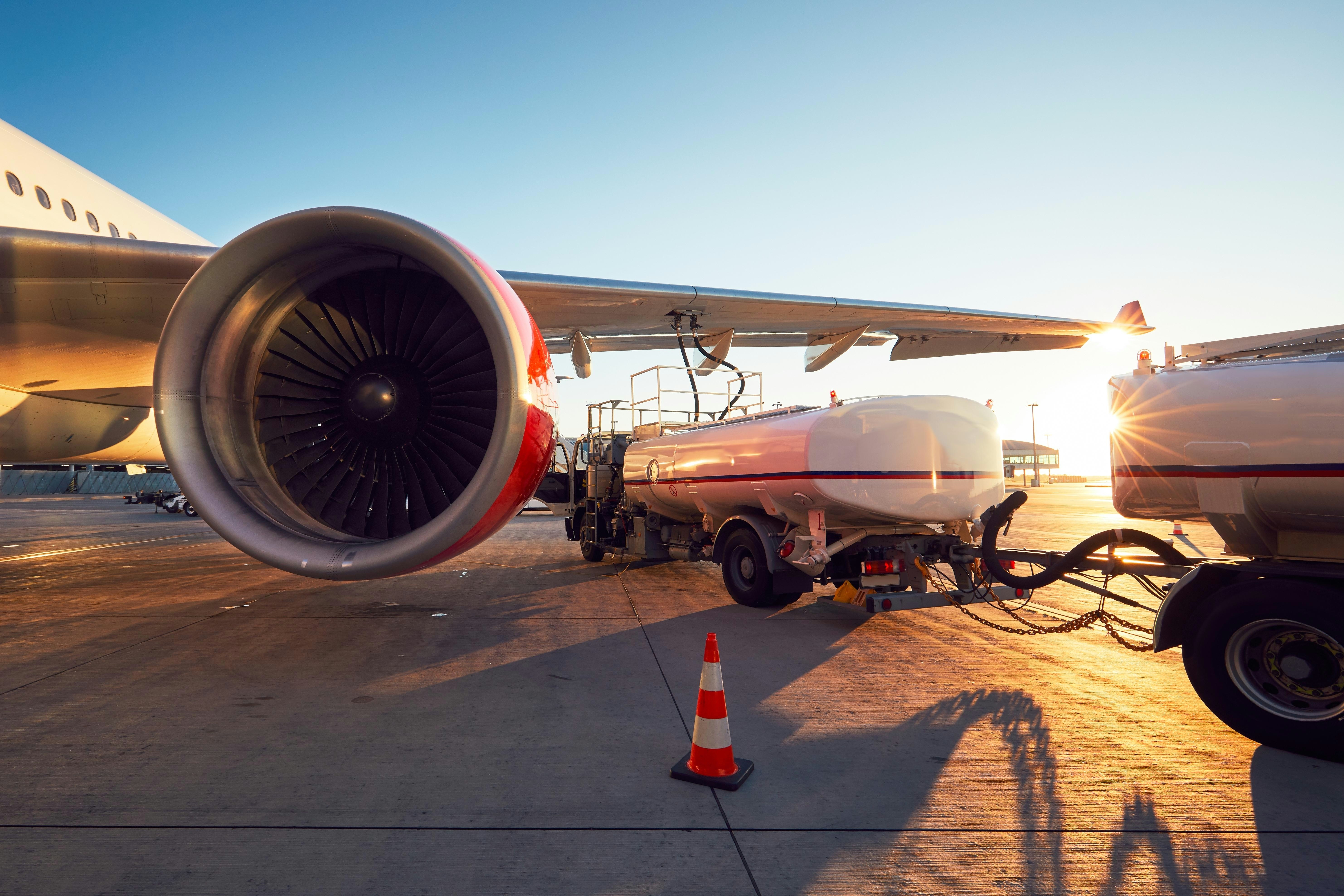
Aviation Industry Struggles with Supply Chain Disruptions and Rising Costs
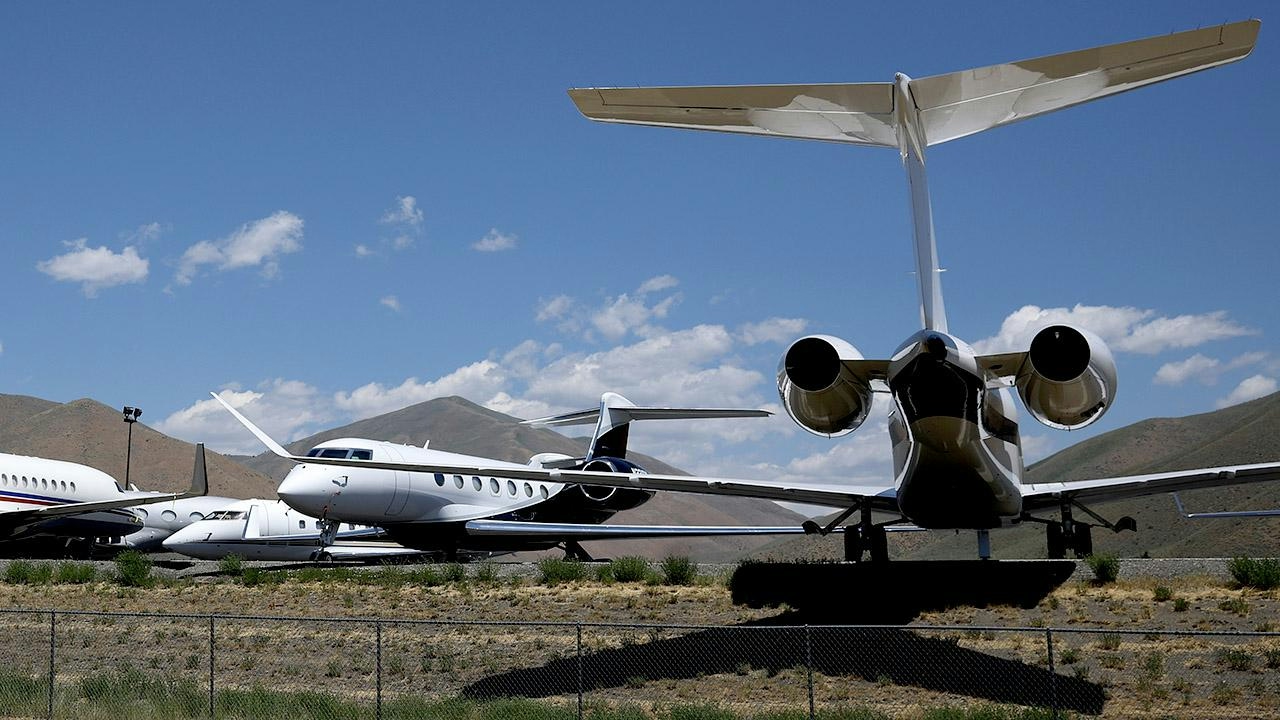
Jet.AI Revenues Decline Ahead of Private Aviation Division Sale

SunTrax in Polk County to Become Nation’s First Air Taxi Testing Hub

Etihad Airways Joins Flyadeal, Air Algérie, and Malaysia Airlines in Expanding Airbus A330neo Orders

Etihad Airways Considers New Aircraft Order
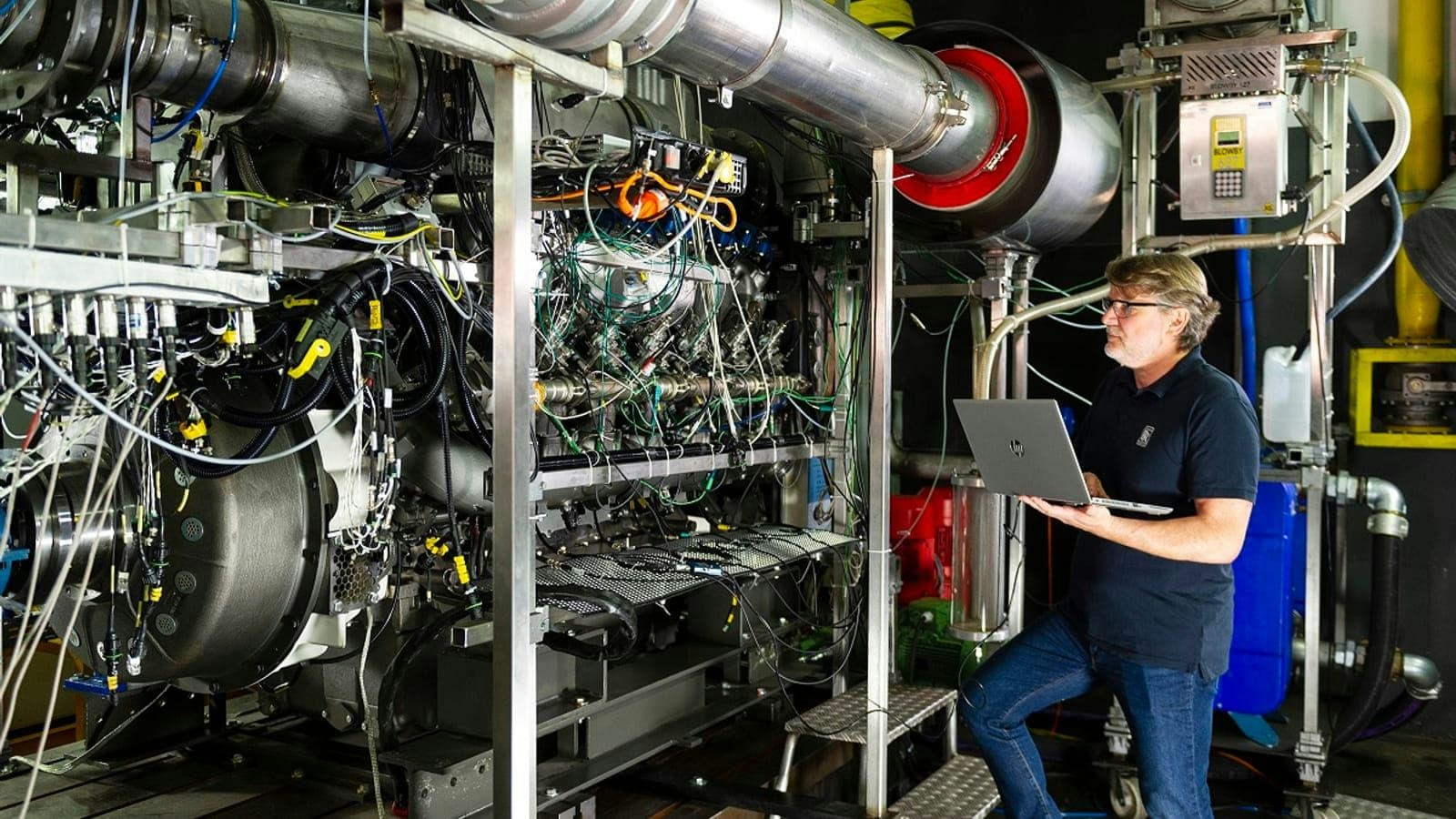
Rolls-Royce Unveils Hydrogen Engine Concept for Jet Power
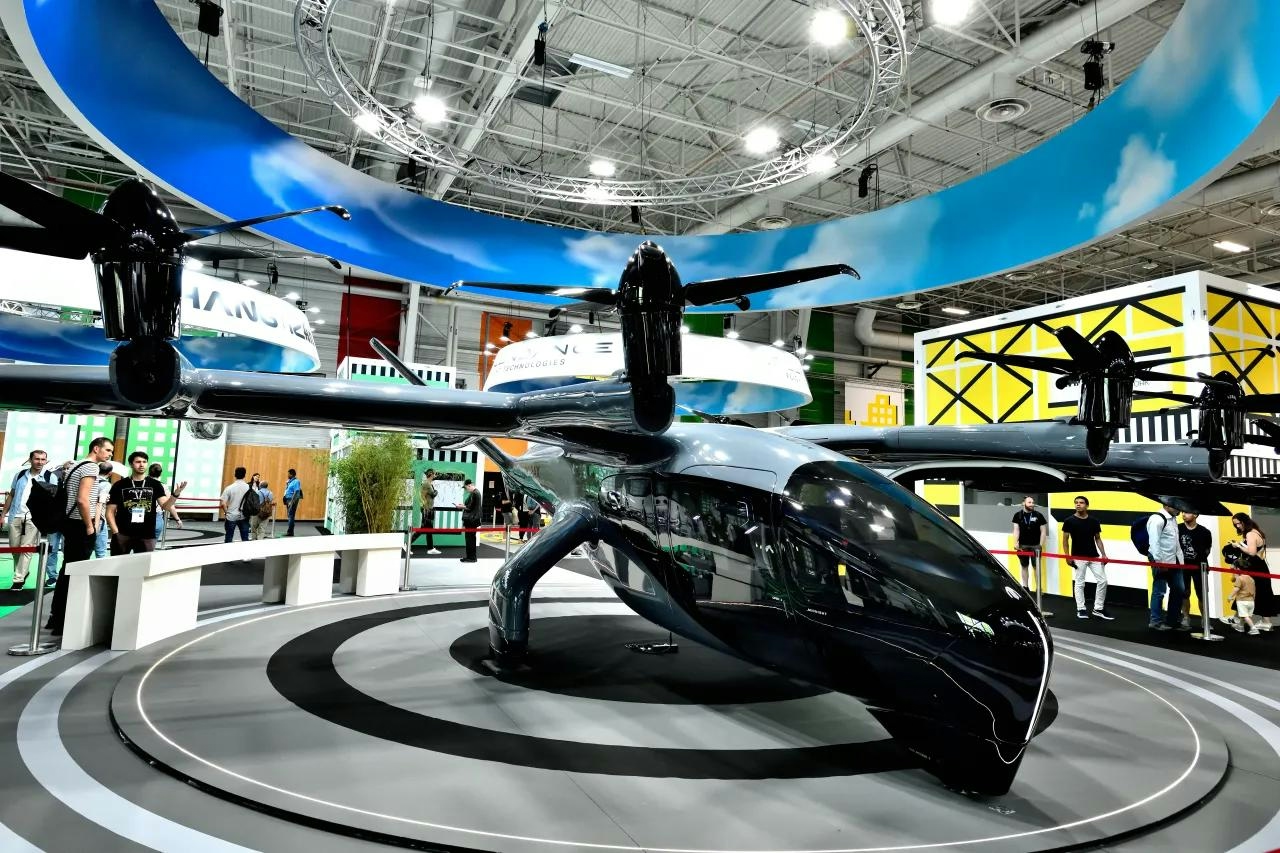
UAE Conducts Successful EVTOL Flight Tests to Boost Tourism
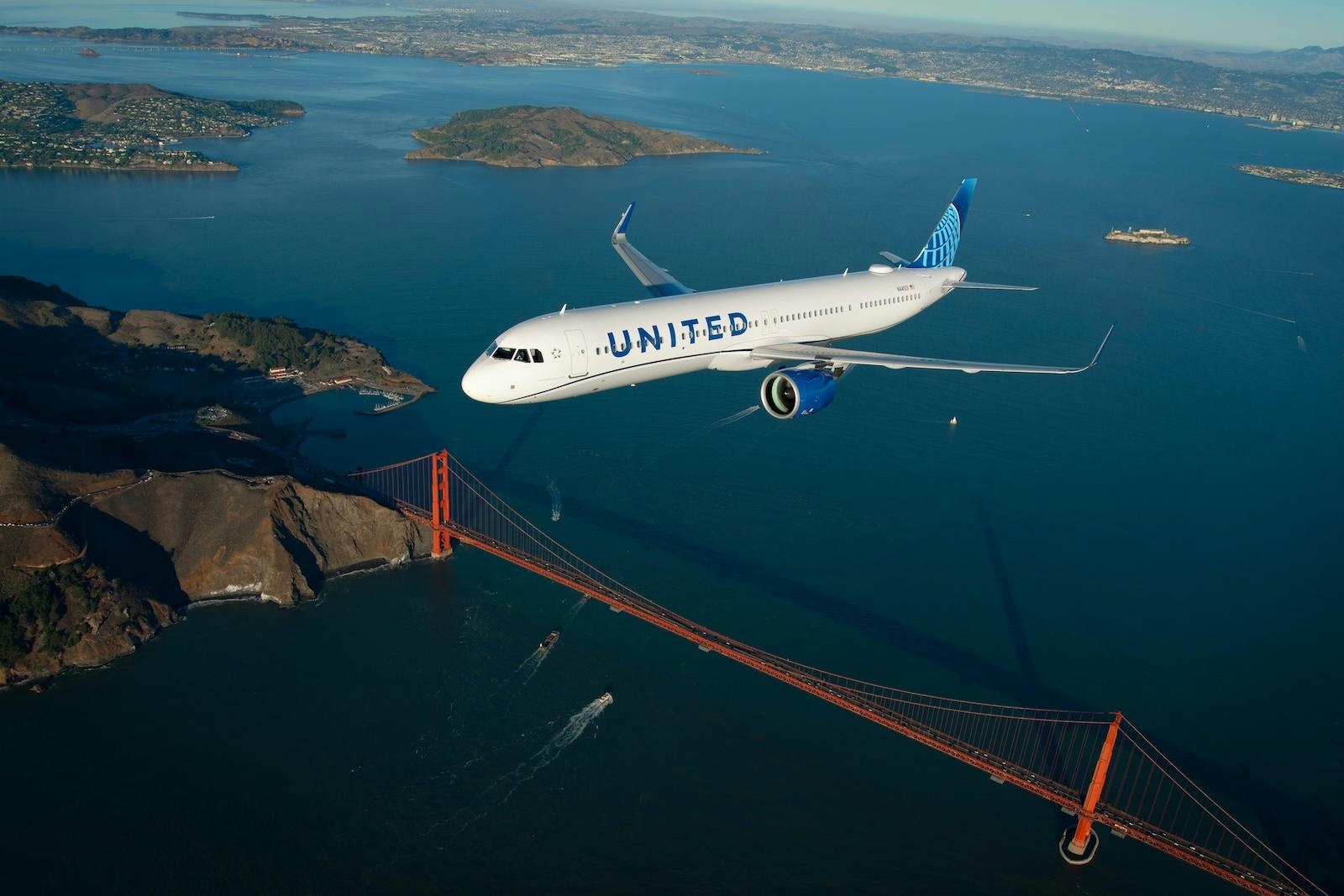
United Airlines to Introduce New Long-Haul Aircraft in 2026
